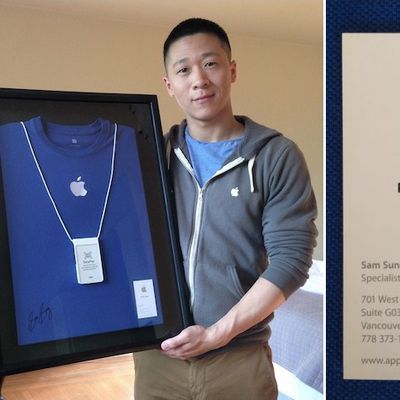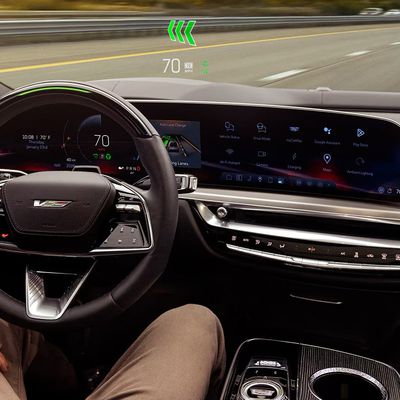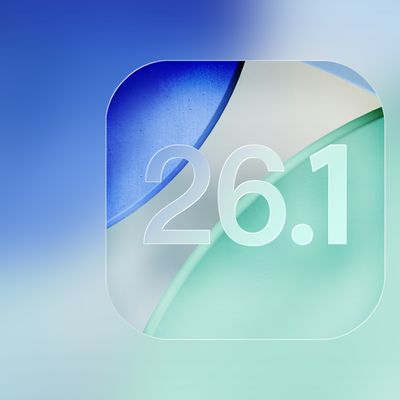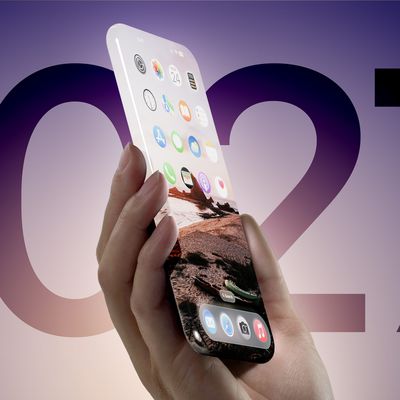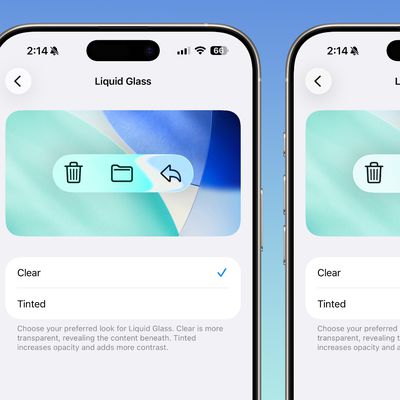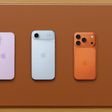NVIDIA and Intel Settle, NVIDIA Still Prohibited from Building Chipsets for Newest Intel Processors
Much has been made over the past year or so regarding NVIDIA's
exit from the chipset business in the wake of a dispute with Intel over whether or not NVIDIA was permitted to build chipsets for Intel's latest Core series processors. That dispute forced Apple's hand for its recent small notebooks, leading Apple to stick with aging Core 2 Duo processors paired with a custom NVIDIA integrated graphics chip, as NVIDIA was still permitted to offer chipsets compatible with those processors. The alternative for Apple was to offer newer Intel processors but with Intel's integrated graphics, which offered much poorer performance than NVIDIA's offerings.
NVIDIA and Intel today announced that they have entered into a new patent cross-licensing agreement that will see Intel pay NVIDIA $1.5 billion over six years, but the new agreement (PDF) appears to still prohibit NVIDIA from developing its own chipsets for Intel's latest processors.
The Parties agree to amend the Chipset License by adding the following at the end of Section 2.14 of the Chipset License:
"Notwithstanding anything else in this Agreement, NVIDIA Licensed Chipsets shall not include any Intel Chipsets that are capable of electrically interfacing directly (with or without buffering or pin, pad or bump reassignment) with an Intel Processor that has an integrated (whether on-die or in-package) main memory controller, such as, without limitation, the Intel Processor families that are code named 'Nehalem', 'Westmere' and 'Sandy Bridge.'"
Rumors of a settlement had been circulating, but NVIDIA has remain firm in its stance that it has exited the chipset business for good and that Apple is likely to continue using Core 2 Duo processors paired with NVIDIA's MCP89 chipset for quite some time. For its part, Intel's latest Sandy Bridge processors, introduced last week, bring significantly enhanced graphics performance for integrated systems, making them a viable alternative for Apple in future hardware updates.
Update: From the press call:
NVIDIA just said on its press call that it has "no intentions to build chipsets for Intel processors," and that Intel will be able to use NVIDIA's technology in Sandy Bridge
Popular Stories
Apple is "drastically" cutting production of the iPhone Air and shifting focus toward the iPhone 17 and iPhone 17 Pro models, Nikkei Asia reports.
The business publication claims to have learned of a major cut to iPhone Air production motivated by weaker-than-expected consumer interest, nearly to "end of production levels." Despite early reports of the iPhone Air selling out within hours of...
Back in 2012, an Apple retail employee named Sam Sung went viral because his name is similar to Samsung, one of Apple's main competitors. In a recent interview with Business Insider, he detailed that period in his life, how Apple responded, and he explained why he ultimately changed his name.
Someone posted an image of Sung's Apple business card on Reddit in 2012, and it spread rapidly....
General Motors began phasing out support for CarPlay in its electric vehicles back in 2023, leading to complaints from iPhone users, but the company has no plans to back down.
In fact, GM is going further and plans to remove CarPlay from all future gas vehicles, too. In an interview with The Verge, GM CEO Mary Barra said that the company opted to prioritize its platform for EVs, but the...
The upcoming iOS 26.1 update includes a handful of new features and changes for iPhones, including a toggle for changing the appearance of the Liquid Glass design, "slide to stop" for alarms in the Clock app, and more.
iOS 26.1 is currently in beta testing. The update will likely be released in the first half of November, and it is compatible with the iPhone 11 series and newer, but some...
Apple plans to launch a new type of iPhone every year for the foreseeable future, according to an Asia-based source.
The detailed information was shared by the account "yeux1122" in a blog post on the Korean platform Naver, citing domestic trend and component research companies.
Corroborating other reports, Apple will apparently launch its first foldable iPhone in 2026, featuring a...
With the fourth betas of iOS 26.1, iPadOS 26.1, and macOS 26.1, Apple has introduced a new setting that's designed to allow users to customize the look of Liquid Glass.
The toggle lets users select from a clear look for Liquid Glass, or a tinted look. Clear is the current Liquid Glass design, which is more transparent and shows the background underneath buttons, bars, and menus, while tinted ...
iPhone Air demand failed to meet Apple's expectations and the company's supply chain is scaling back shipments and production, reports Apple analyst Ming-Chi Kuo.
Subscribe to the MacRumors YouTube channel for more videos.
Suppliers are expected to reduce capacity by more than 80 percent between now and the first quarter of 2026, and some components with longer lead times will be discontinued ...
Apple's new iPhone lineup launched in the fall of 2027 will be called the "iPhone 20" models, rather than the "iPhone 19," according to research firm Omdia.
Speaking at a conference in Seoul (via ETNews), Omdia Chief Researcher Heo Moo-yeol corroborated rumors that Apple plans to move the launch of its standard iPhone to the first half of the year and provided some additional clarity about...
Even though we're at the fourth beta of iOS 26.1, Apple is continuing to add new features. In fact, the fourth beta has some of the biggest changes that we'll get when iOS 26.1 releases to the public later this month. We've rounded up what's new below.
Liquid Glass Transparency Toggle
Apple added a toggle for customizing the look of Liquid Glass. In Settings > Display and Brightness,...




